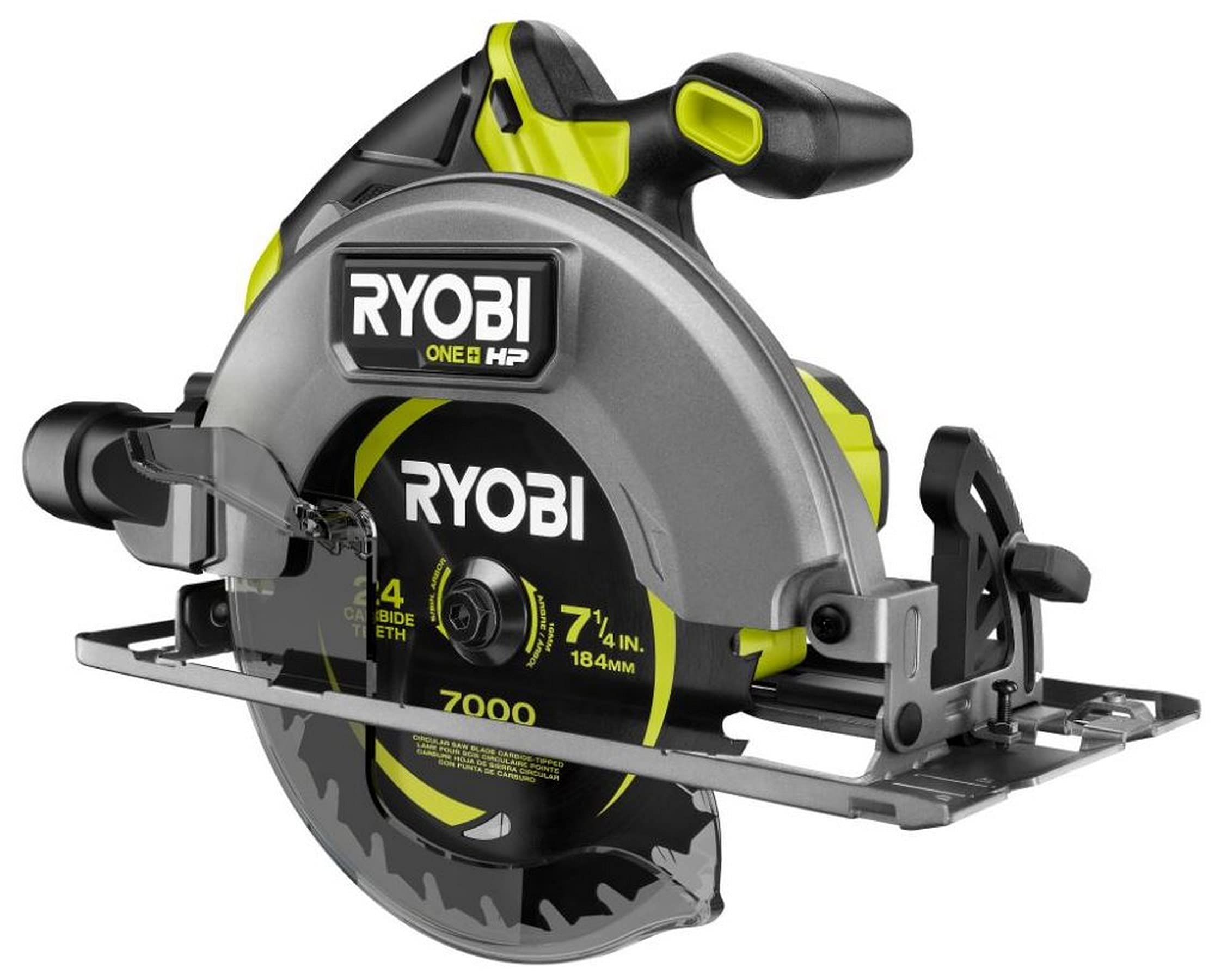

Articles
What Size Blade Does A Ryobi Circular Saw
Modified: May 6, 2024
Looking for information on what size blade does a Ryobi circular saw use? Read our articles to find answers and make the most out of your saw.
(Many of the links in this article redirect to a specific reviewed product. Your purchase of these products through affiliate links helps to generate commission for Storables.com, at no extra cost. Learn more)
Introduction
When it comes to power tools, having the right equipment can make a significant difference in the outcome of your projects. Circular saws are versatile tools that can cut through various materials with ease, and Ryobi has established itself as a reputable brand in the power tool industry. Ryobi circular saws are known for their durability, precision, and performance.
One crucial aspect of using a circular saw is choosing the right blade size. The blade size directly impacts the depth and width of the cuts you can make. Different projects require different cutting depths, and using the incorrect blade size can result in subpar results or even damage to the material and the saw itself.
In this article, we’ll delve into the world of Ryobi circular saws and discuss the importance of selecting the appropriate blade size. We’ll explore the common blade sizes available for Ryobi circular saws and provide guidance on how to determine the ideal blade size for your specific needs. By the end of this article, you’ll have a clear understanding of the importance of blade size selection and be well-equipped to make informed decisions when using your Ryobi circular saw.
Key Takeaways:
- Choose the right blade size for your Ryobi circular saw to achieve precise cuts, maximize efficiency, and ensure optimal performance. Consider material, cutting depth, and project requirements for the best results.
- Refer to the manufacturer’s guidelines and recommendations to select a compatible blade size for your Ryobi circular saw. Optimize cutting depth, capacity, and efficiency for woodworking and construction projects.
Read more: How To Replace Blade On Ryobi Circular Saw
Understanding Ryobi Circular Saws
Ryobi circular saws are powerful cutting tools that feature a spinning circular blade designed to make precise cuts through various materials such as wood, metal, and plastic. These saws are known for their durability, ergonomic design, and user-friendly features, making them a popular choice among DIY enthusiasts and professional woodworkers alike.
Ryobi offers a range of circular saw models, each designed to meet specific cutting needs. From compact and lightweight saws for everyday tasks to heavy-duty models for larger projects, Ryobi has a circular saw to suit every user.
One of the key factors to consider when understanding Ryobi circular saws is the blade size. Blade size refers to the diameter of the circular blade used in the saw. Ryobi circular saws typically have blade sizes ranging from 5 ½ inches to 7 ¼ inches. The blade size directly affects the cutting depth and capacity of the saw.
Additionally, Ryobi circular saws are equipped with adjustable cutting angles, allowing users to make bevel and miter cuts for added versatility. This feature is especially useful when working on projects that require angled or precision cuts.
Another aspect to consider when understanding Ryobi circular saws is the power source. Ryobi offers both corded and cordless circular saw options. Corded models provide consistent power and are ideal for extended use, while cordless models provide mobility and convenience, allowing users to work in various locations without the need for a power outlet.
Understanding the different features and capabilities of Ryobi circular saws is crucial in selecting the right tool for your specific needs. By familiarizing yourself with these aspects, you can ensure optimal performance and achieve exceptional results in your woodworking and construction projects.
Importance of Choosing the Right Blade Size
Choosing the right blade size for your Ryobi circular saw is essential for several reasons. The blade size determines the cutting depth and width, directly impacting the accuracy and efficiency of your cuts. Here are a few key reasons why selecting the appropriate blade size is crucial:
- Optimal Cutting Depth: Different projects require different cutting depths. Using a blade that is too small may not allow you to cut through thicker materials, while using a blade that is too large can result in excessive material removal and potential damage to the saw. By choosing the right blade size, you can ensure that you achieve the desired cutting depth for your project.
- Precise Cuts: The blade size also determines the width of the cuts you can make. Choosing a blade that is too small may result in narrow and imprecise cuts, affecting the overall quality and appearance of your work. On the other hand, a blade that is too large can lead to wider cuts than necessary, potentially wasting material. Selecting the right blade size allows you to make accurate and clean cuts.
- Blade Compatibility: Using the correct blade size ensures compatibility with your Ryobi circular saw. Each saw model is designed to accommodate specific blade sizes, and using an incompatible blade can lead to improper fit, reduced performance, and even safety hazards. It is important to refer to the manufacturer’s guidelines and select a blade size that is recommended for your specific saw model.
- Efficient Use of Power: Choosing the appropriate blade size ensures efficient use of power. Using a blade that is too large may strain the motor of the circular saw, leading to decreased performance and potential overheating. Conversely, a blade that is too small may not fully utilize the power of the saw. By selecting the right blade size, you can optimize the performance of your Ryobi circular saw and extend its lifespan.
By understanding the importance of selecting the right blade size, you can make informed decisions when working with your Ryobi circular saw. It allows you to achieve accurate cuts, maximize the efficiency of your saw, and ensure compatibility with your specific model. Taking the time to choose the appropriate blade size will ultimately result in better woodworking and construction outcomes, saving you time, effort, and materials in the process.
Determining the Suitable Blade Size for a Ryobi Circular Saw
Choosing the right blade size for your Ryobi circular saw involves considering several factors to ensure optimal performance and desired cutting results. Here are some steps to help you determine the suitable blade size for your specific needs:
- Refer to the Manufacturer’s Guidelines: The first step is to consult the manufacturer’s guidelines or user manual that came with your Ryobi circular saw. The manual typically provides information on the recommended blade sizes for your specific model. This ensures that you choose a blade size that is compatible with your saw and will deliver optimal performance.
- Consider the Material: The type of material you plan to cut plays a crucial role in determining the suitable blade size. Different materials have varying degrees of hardness and thickness, and choosing the right blade size ensures efficient cutting without damaging the material or the saw. For example, if you often work with thick hardwood, you may need a larger blade size to achieve the desired cutting depth.
- Assess the Cutting Depth Requirement: Evaluate the maximum cutting depth required for your projects. Measure the thickest material you typically work with and select a blade size that can accommodate that depth. Be sure to consider any additional depth needed for bevel cuts or other angled cutting techniques you may use.
- Consider the Cutting Capacity: The cutting capacity of your Ryobi circular saw determines the maximum width of the cuts it can make. Choose a blade size that allows you to achieve the desired cutting width for your projects. Keep in mind that a larger blade size often provides a wider cutting capacity.
- Budget and Frequency of Use: Assess your budget and the frequency of use of your Ryobi circular saw. Remember that larger blade sizes often come at a higher cost. Consider your budgetary constraints and the frequency of your projects to determine the most cost-effective blade size that meets your needs.
By following these steps, you can easily determine the suitable blade size for your Ryobi circular saw. Taking the time to assess the manufacturer’s guidelines, consider your material and cutting requirements, and factor in your budget and frequency of use will ensure that you select the optimal blade size for your specific projects. This will result in precise cuts, enhanced performance, and an overall better woodworking experience.
When choosing a blade for your Ryobi circular saw, consider the type of material you will be cutting. For general woodcutting, a 7-1/4 inch blade with 24 teeth is a good all-purpose option. For finer cuts, consider a blade with more teeth.
Common Blade Sizes for Ryobi Circular Saws
Ryobi circular saws are compatible with a range of blade sizes, each designed to cater to different cutting needs and materials. Here are some of the common blade sizes available for Ryobi circular saws:
- 5 ½ inches: This is the smallest blade size available for Ryobi circular saws. It is ideal for lightweight and precision cuts, making it suitable for tasks such as trim work, small DIY projects, and cutting thin materials like plywood or MDF.
- 6 ½ inches: This blade size is popular among both DIY enthusiasts and professionals. It provides a good balance between cutting depth and portability. The 6 ½-inch blade is versatile and suitable for a wide range of applications, including general carpentry, framing, and cutting hardwood or softwood.
- 7 ¼ inches: The 7 ¼-inch blade is one of the most commonly used blade sizes in the industry. It offers a larger cutting capacity and is suitable for heavy-duty tasks, such as cutting through thicker materials like lumber, plywood, and engineered wood. This blade size is commonly used in construction, remodeling, and framing projects.
- Other Sizes: In addition to the aforementioned sizes, there are also larger blade sizes available for specific applications. These include 8 ¼-inch and 10-inch blades, which are often used for industrial or specialized cutting purposes. However, it is important to note that these larger blade sizes may not be compatible with all Ryobi circular saw models, so it’s crucial to consult the manufacturer’s guidelines before using them.
When choosing a blade size for your Ryobi circular saw, consider the material you’ll be working with, the desired cutting depth and capacity, and the specific requirements of your project. Selecting the appropriate blade size ensures that you achieve precise cuts, maximize the efficiency of your saw, and extend the lifespan of your blades.
Remember, it’s always recommended to refer to the manufacturer’s guidelines to ensure compatibility between the chosen blade size and your Ryobi circular saw model. This will help you make the right choice and optimize the performance of your saw for any given application.
Read more: How To Put A Blade On Ryobi Circular Saw
Factors to Consider When Choosing a Blade Size
When selecting a blade size for your Ryobi circular saw, there are several factors to take into consideration. These factors will ensure that you choose the most suitable blade size for your specific needs and achieve the desired cutting results. Here are some important factors to consider:
- Material: The type of material you will be cutting is a critical factor in determining the appropriate blade size. Different blade sizes are designed to accommodate specific materials, such as wood, metal, or plastic. For example, if you primarily work with wood, a blade size suited for cutting through wood fibers will be most effective.
- Cutting Depth: Assess the maximum cutting depth required for your projects. Consider the thickest material you typically work with and choose a blade size that provides the necessary cutting depth. It’s important to note that the blade size directly impacts the maximum cutting depth, so ensure that your chosen size can achieve the desired depth.
- Cutting Capacity: The cutting capacity of your Ryobi circular saw refers to the maximum width of the cuts it can make. If you frequently work with wide materials or require wider cuts, choose a blade size that offers a larger cutting capacity. This will ensure that you can make the desired cuts without the need for multiple passes or compromising the quality of your work.
- Project Requirements: Consider the specific requirements of your projects. If you work on a variety of projects that involve different materials and cutting depths, having a selection of blade sizes allows for greater versatility. This flexibility ensures that you can adapt to various project needs and achieve optimal cutting performance.
- Manufacturer’s Recommendations: To ensure compatibility and optimal performance, consult the manufacturer’s guidelines or user manual for your Ryobi circular saw. The manufacturer will typically provide recommendations for compatible blade sizes that have been tested and verified for your specific saw model. Following these recommendations will help you avoid potential issues and maximize the performance of your saw.
By considering these factors, you can choose the right blade size for your Ryobi circular saw and ensure that it is suitable for the materials you’ll be working with, provides the necessary cutting depth and capacity, meets the requirements of your projects, and is compatible with your specific saw model. Taking the time to select the appropriate blade size will result in precise cuts, enhanced efficiency, and overall better woodworking and construction outcomes.
Conclusion
Choosing the right blade size for your Ryobi circular saw is essential to achieve precise cuts, maximize efficiency, and ensure optimal performance. The blade size directly impacts the cutting depth, width, and capacity of your saw, making it a crucial consideration for any woodworking or construction project.
By understanding the different blade sizes available for Ryobi circular saws and considering factors such as material, cutting depth, cutting capacity, and project requirements, you can make informed decisions and select the most suitable blade size for your specific needs.
It is important to refer to the manufacturer’s guidelines and recommendations for blade sizes that are compatible with your Ryobi circular saw model. Following these guidelines ensures a proper fit, optimal performance, and safe operation of your saw.
Whether you’re working on trim work, framing, or heavy-duty construction projects, choosing the right blade size is crucial for achieving the desired results. It ensures the accuracy and efficiency of your cuts, helps you work with different materials effectively, and maximizes the lifespan of your blades and saw.
Remember to assess your cutting requirements, project specifications, and budget to make the best choice. Taking the time to select the appropriate blade size will ultimately result in better woodworking outcomes, saving you time, effort, and materials in the process.
Now armed with the knowledge of the importance of blade size selection and how to determine the suitable blade size for your Ryobi circular saw, you can confidently tackle your next woodworking project with precision and confidence in your tool’s performance.
Now that you've got a handle on Ryobi circular saw blades, why not broaden your woodworking skills? Dive into our article on the best woodworking tools to gear up for 2024. Whether you're a seasoned carpenter or just starting out, this guide offers insights and tips to sharpen your craft. Don't miss out on mastering the art of woodworking with the latest and most effective tools available!
Frequently Asked Questions about What Size Blade Does A Ryobi Circular Saw
Was this page helpful?
At Storables.com, we guarantee accurate and reliable information. Our content, validated by Expert Board Contributors, is crafted following stringent Editorial Policies. We're committed to providing you with well-researched, expert-backed insights for all your informational needs.
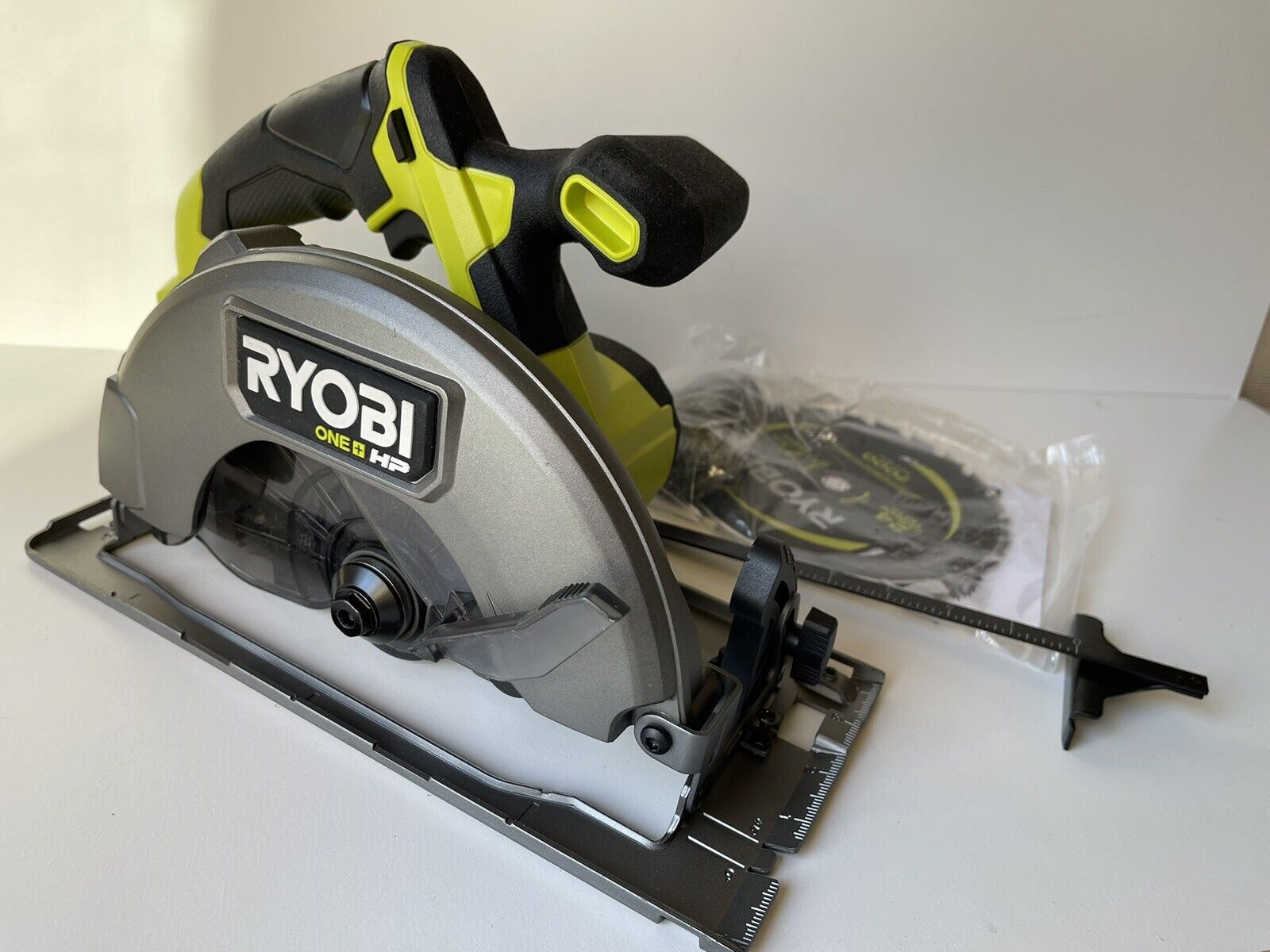
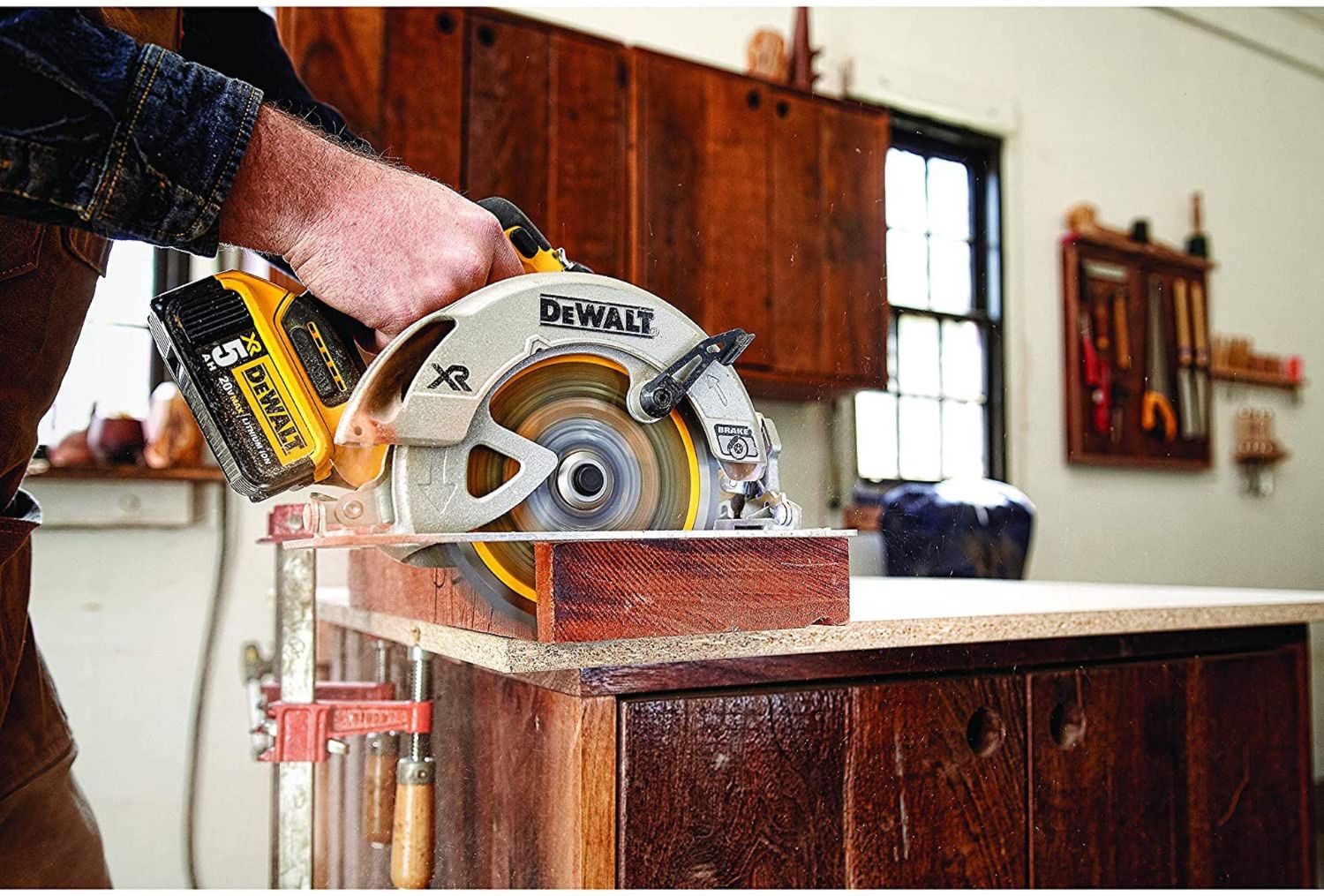
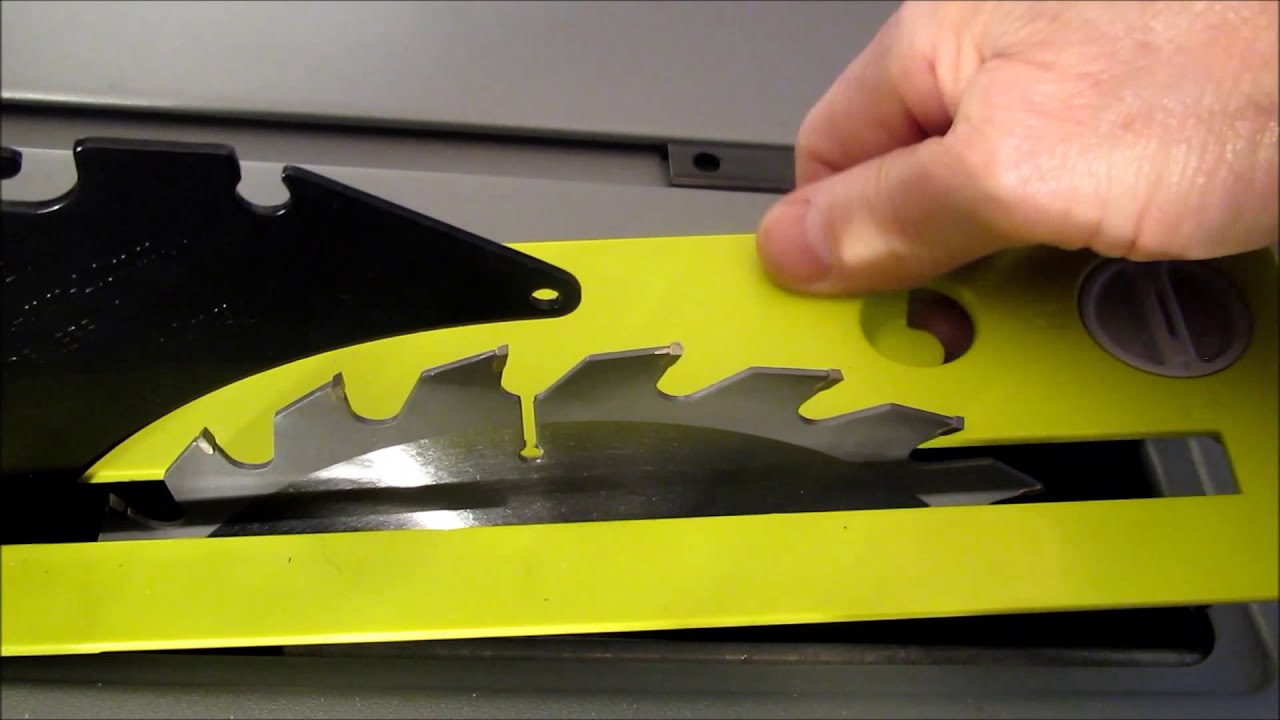
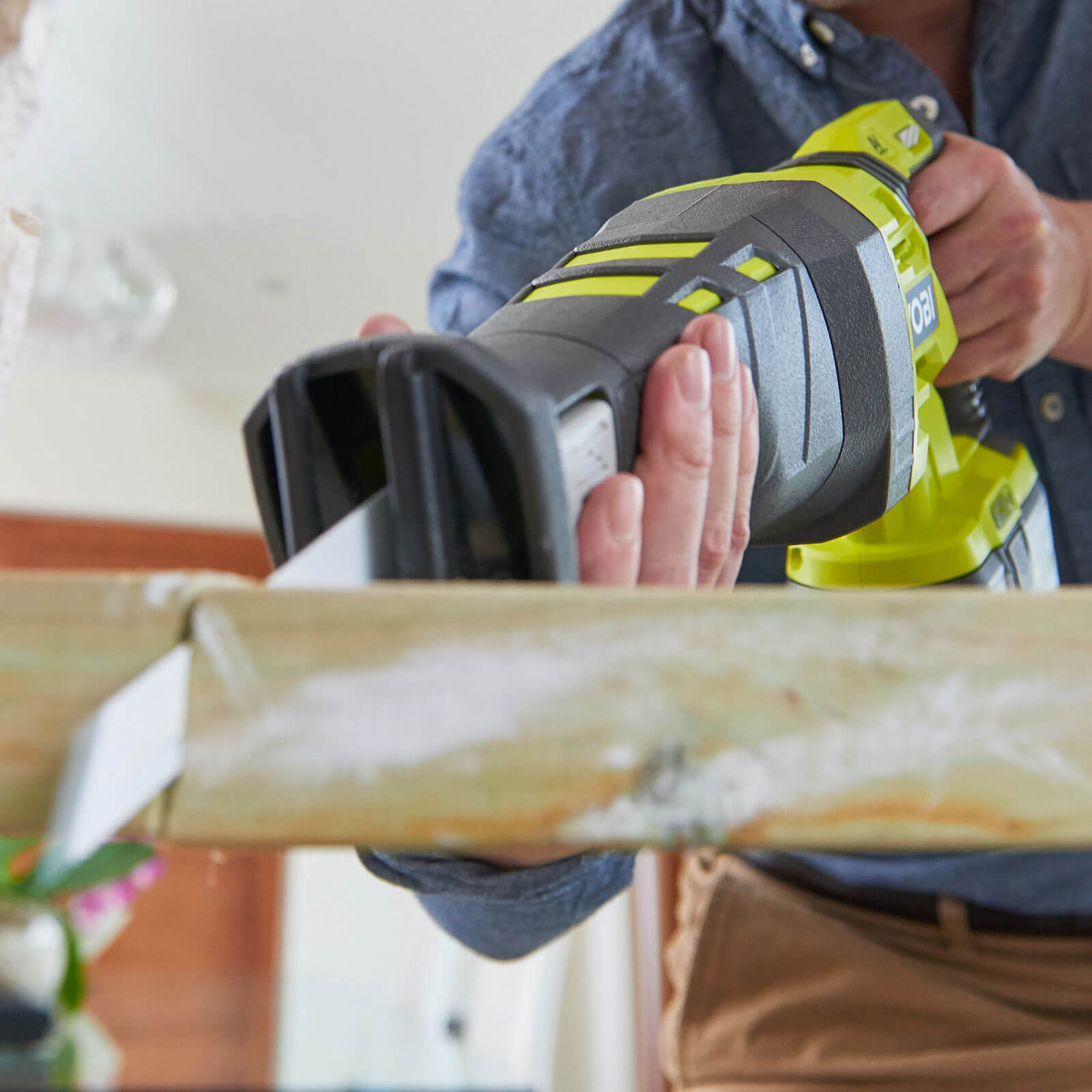
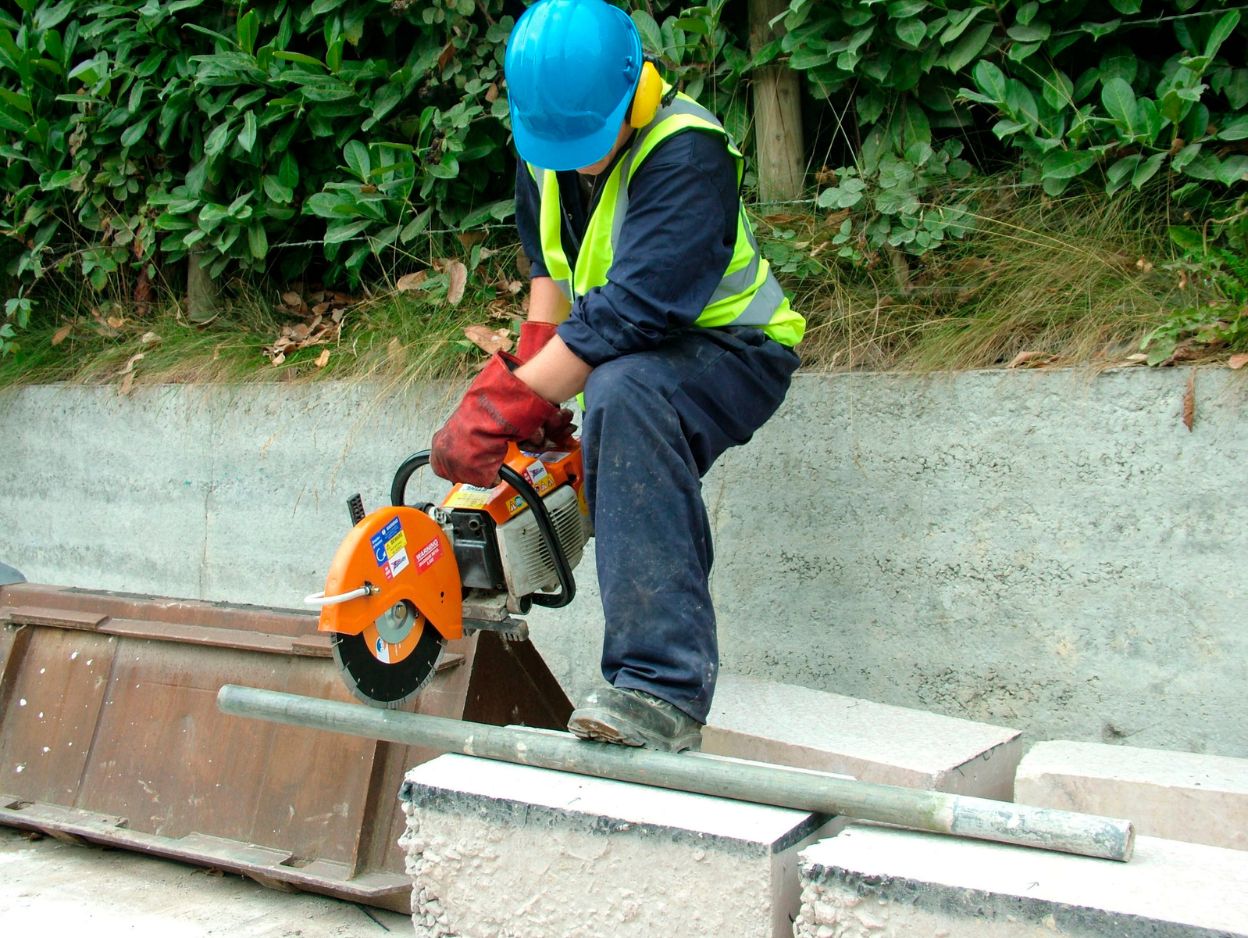
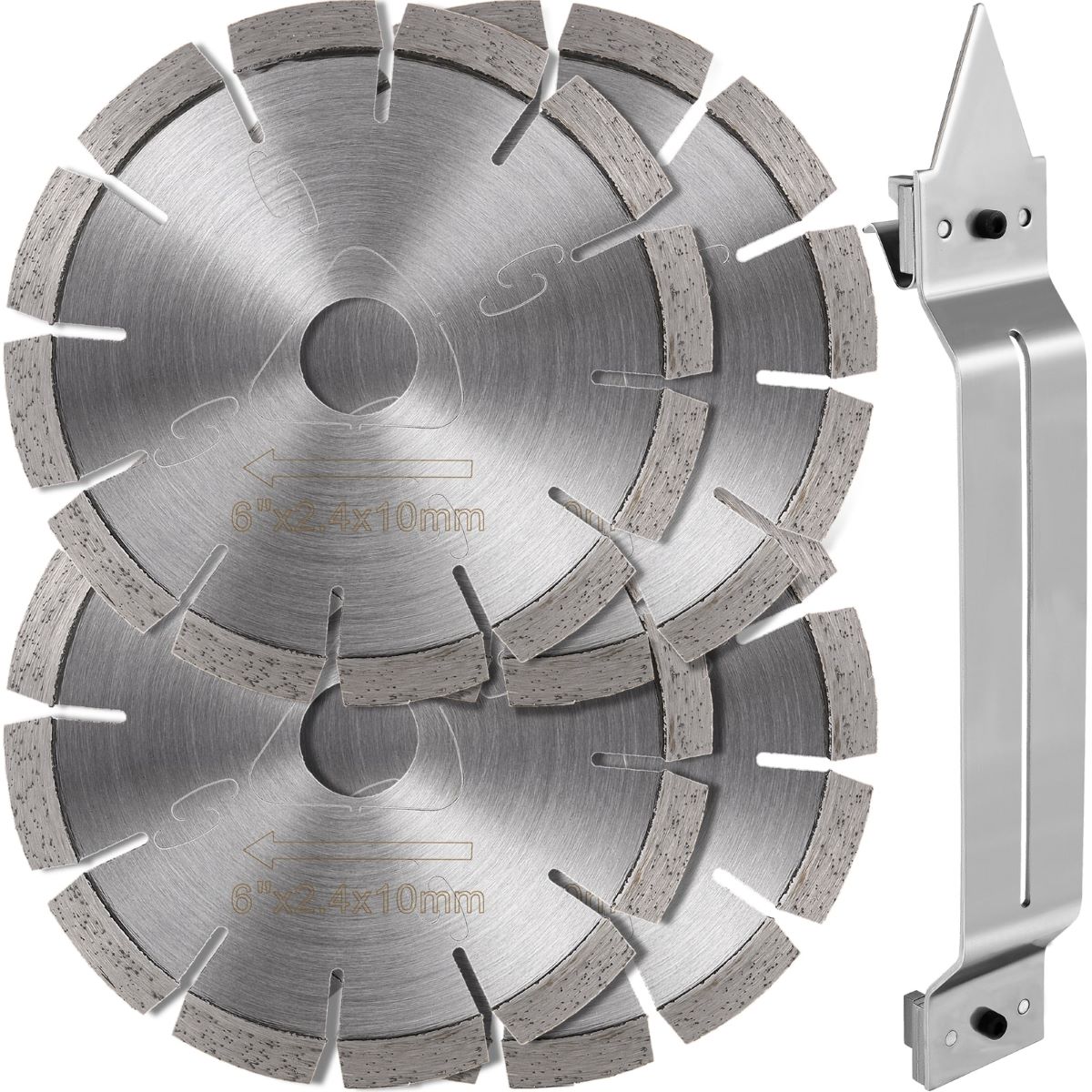
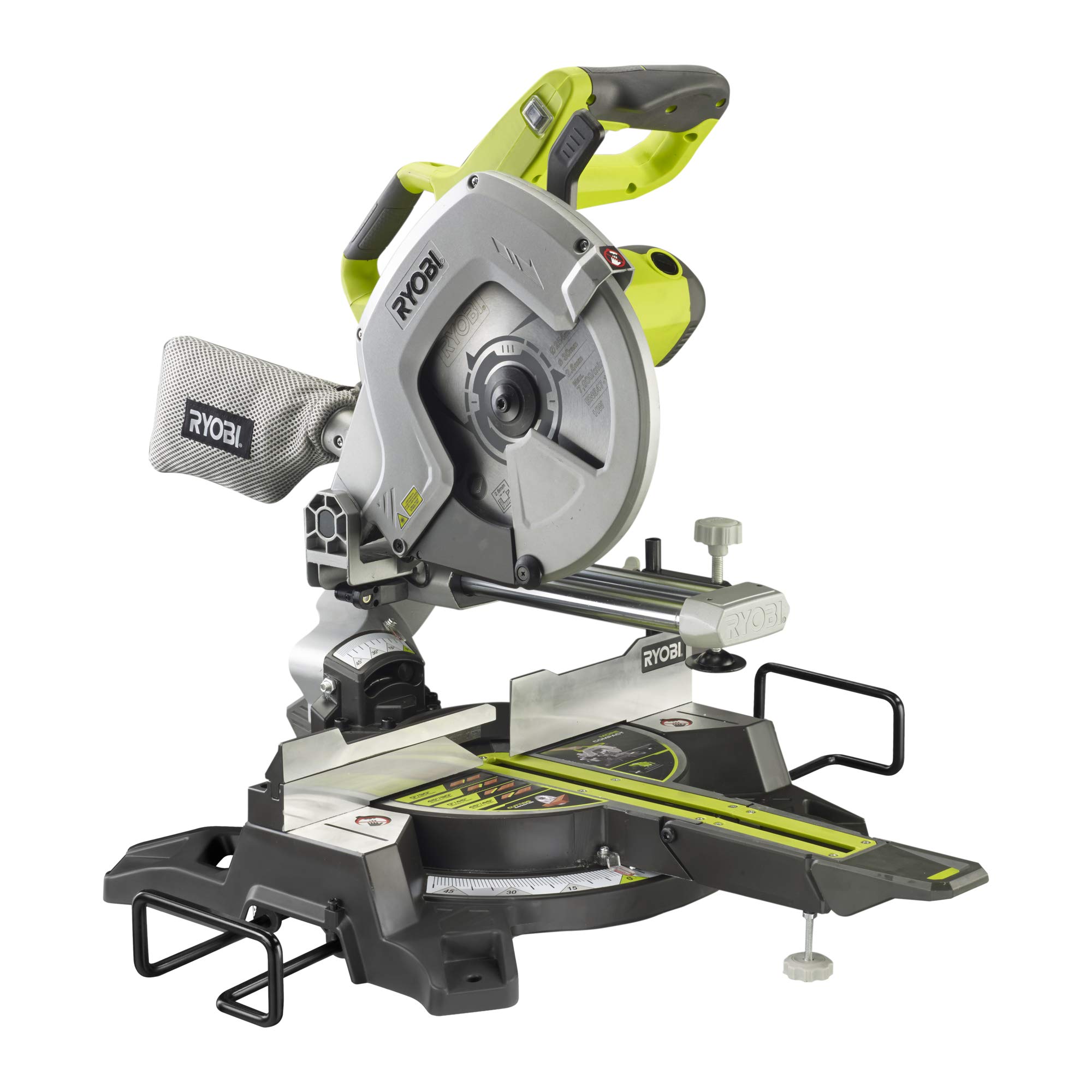
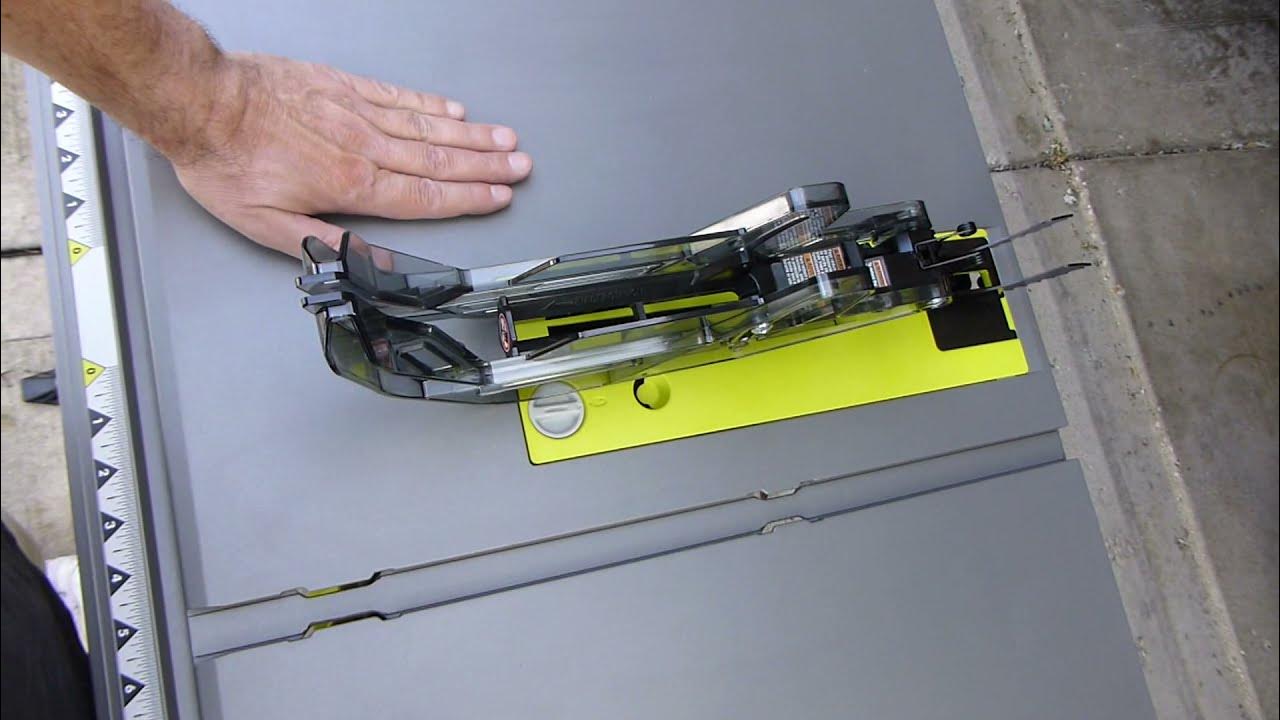
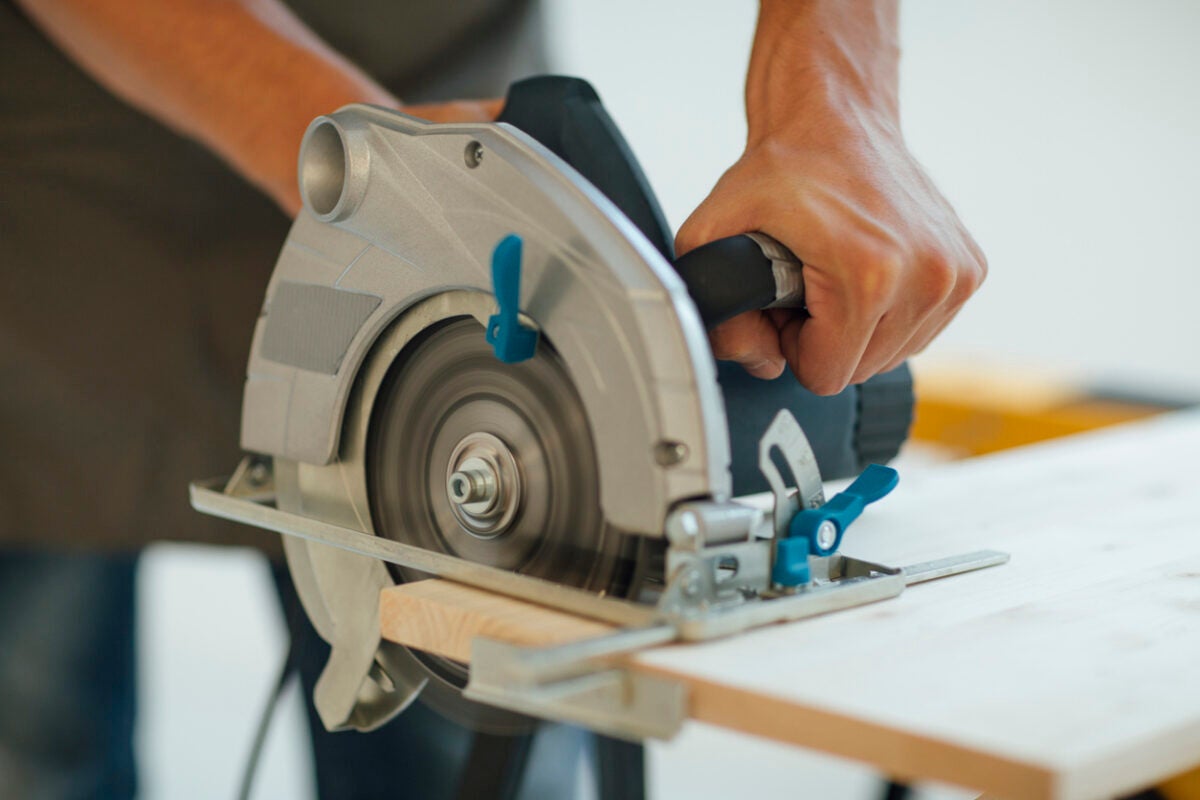
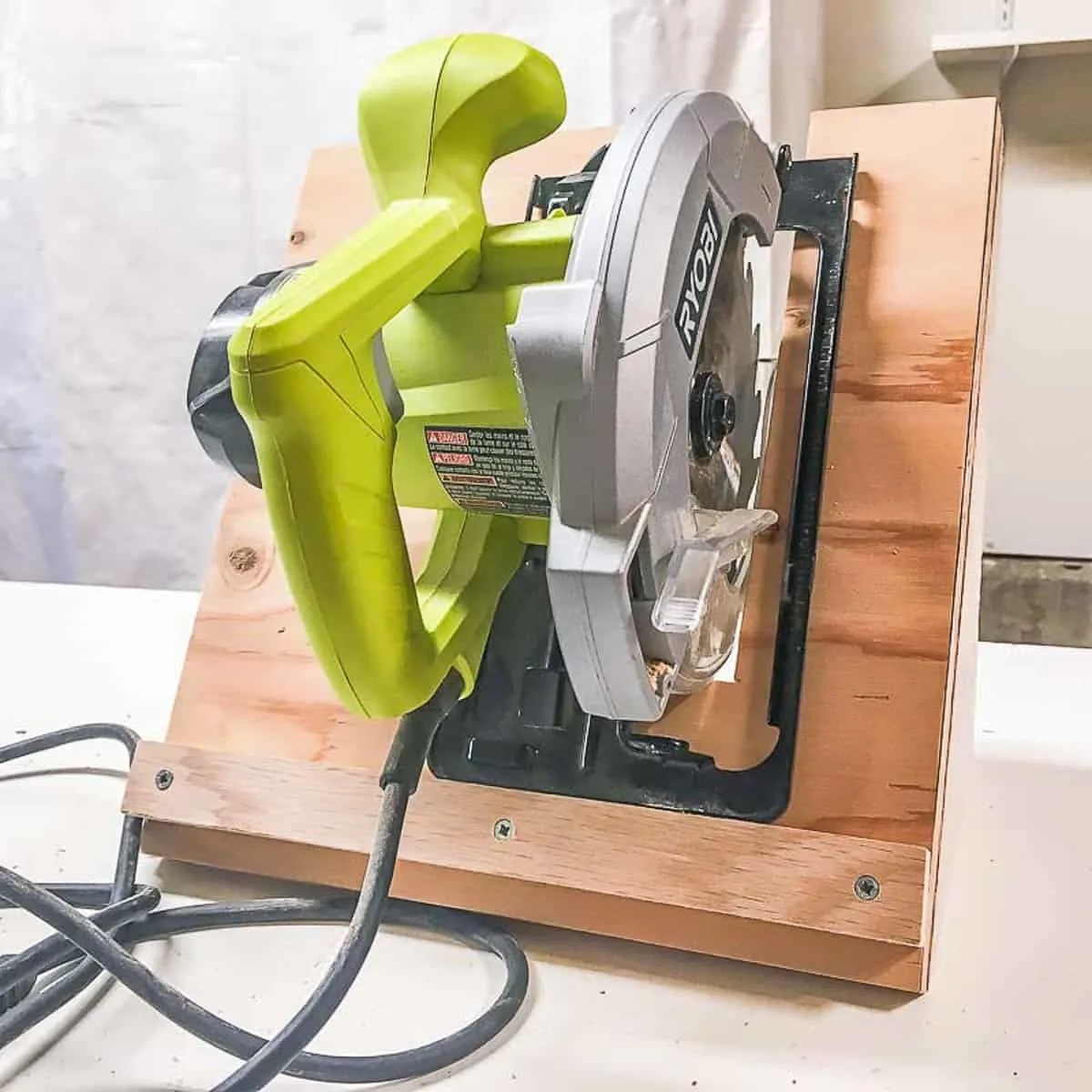
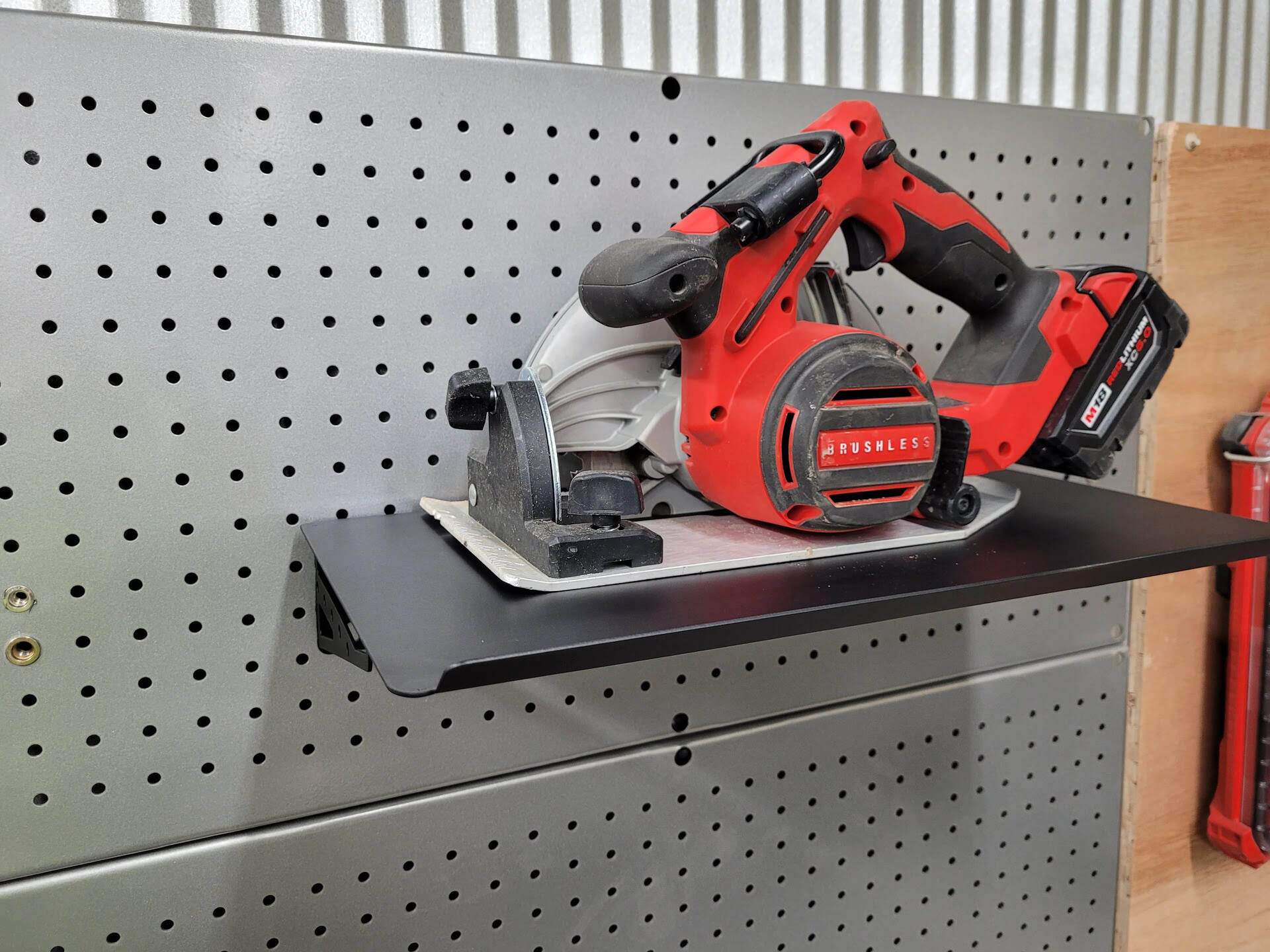
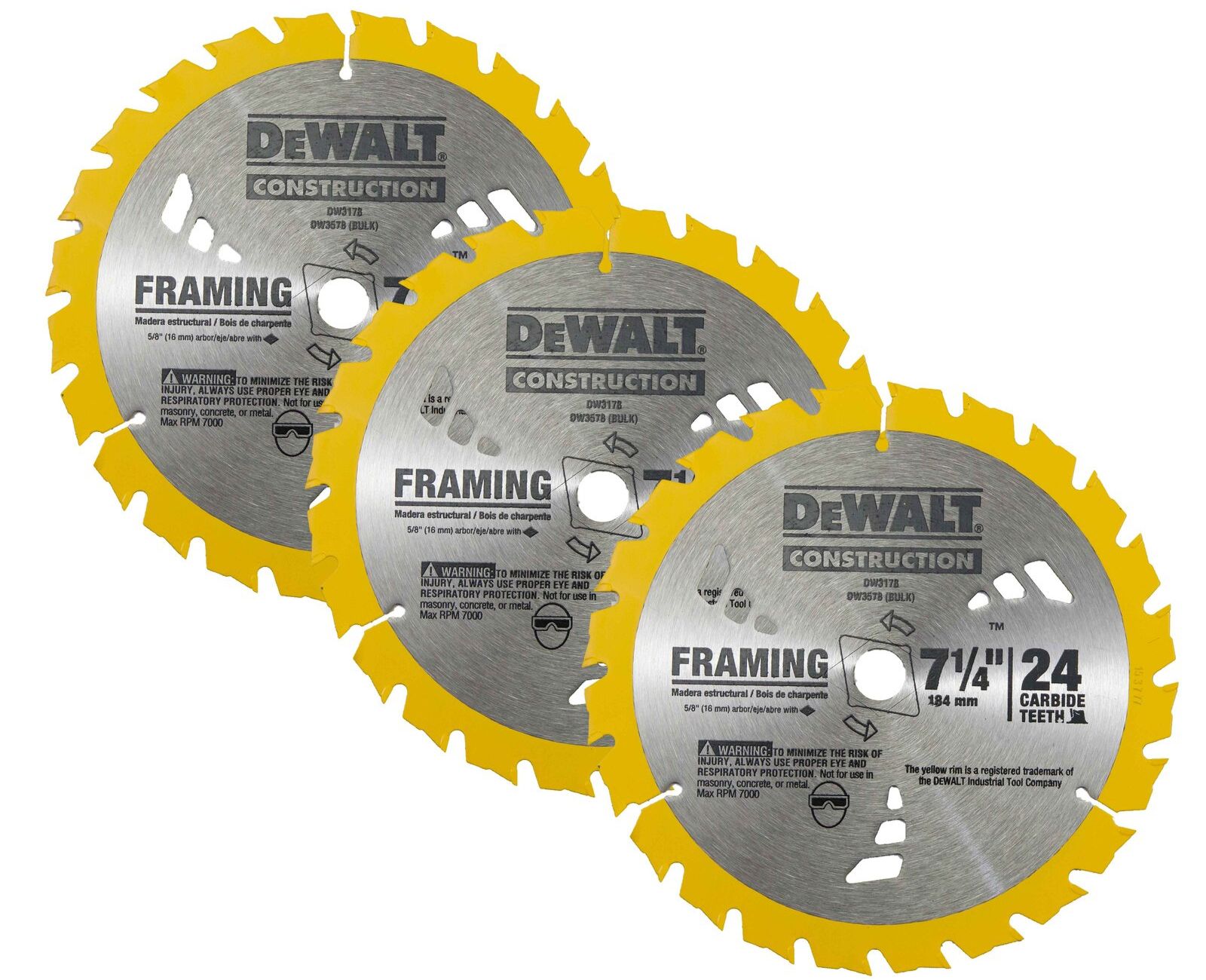
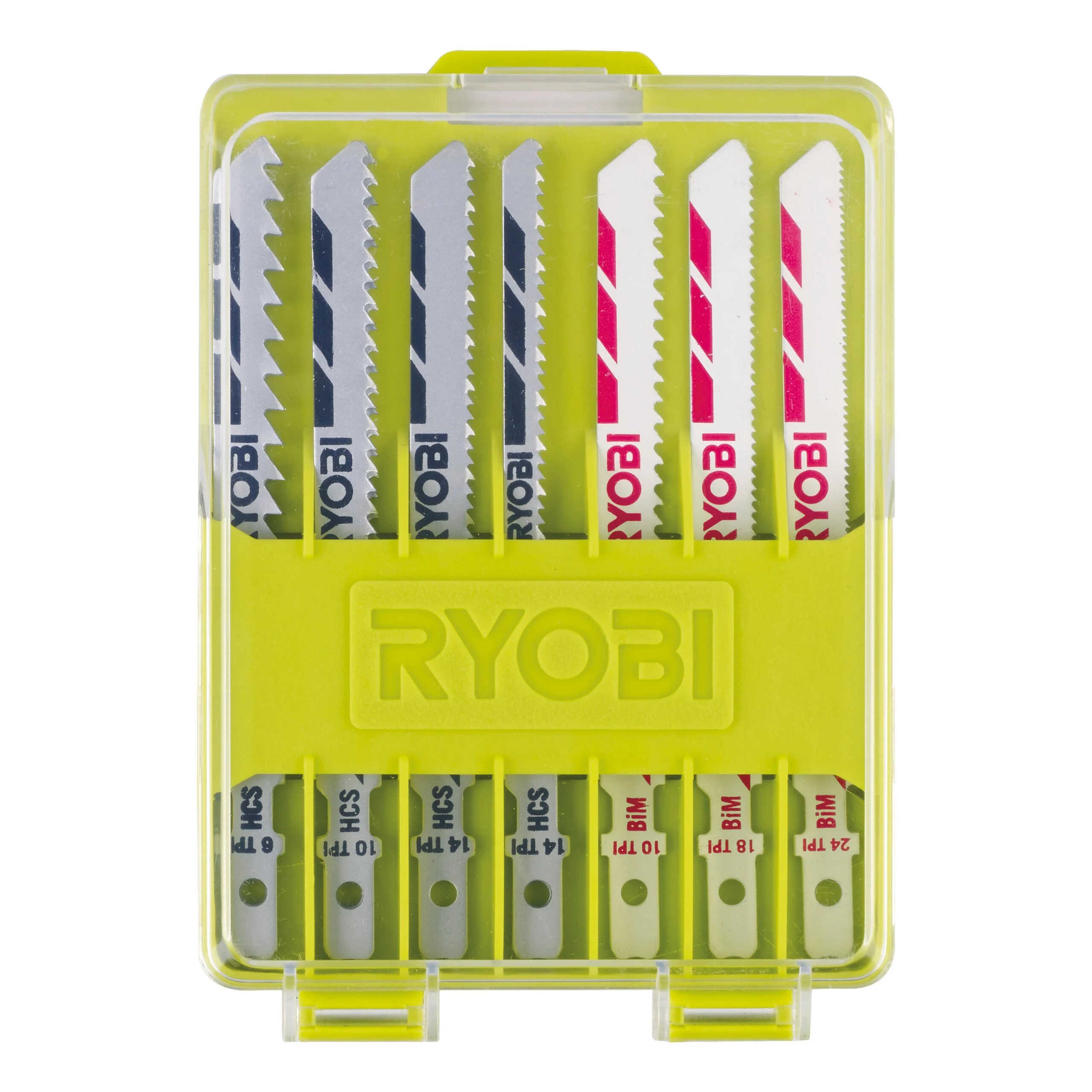
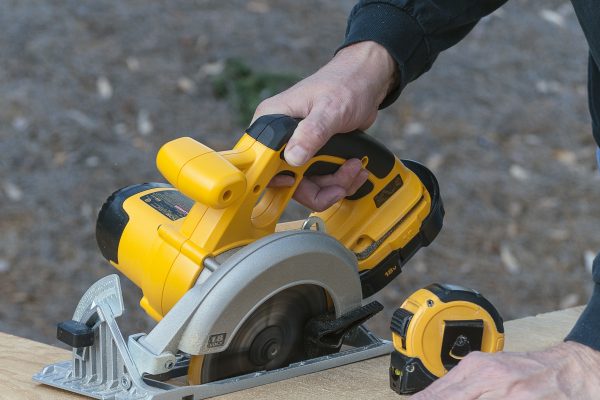

0 thoughts on “What Size Blade Does A Ryobi Circular Saw”